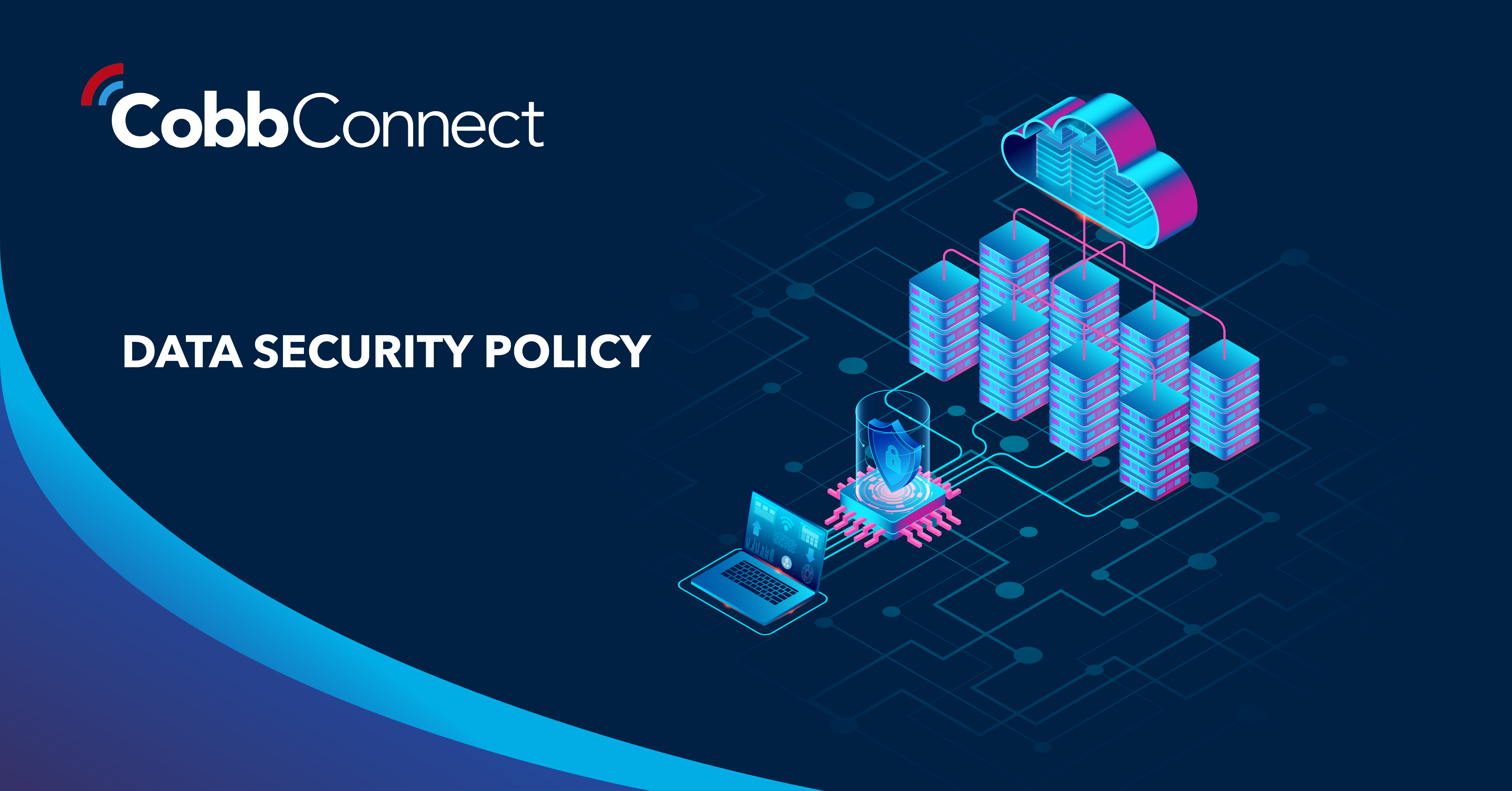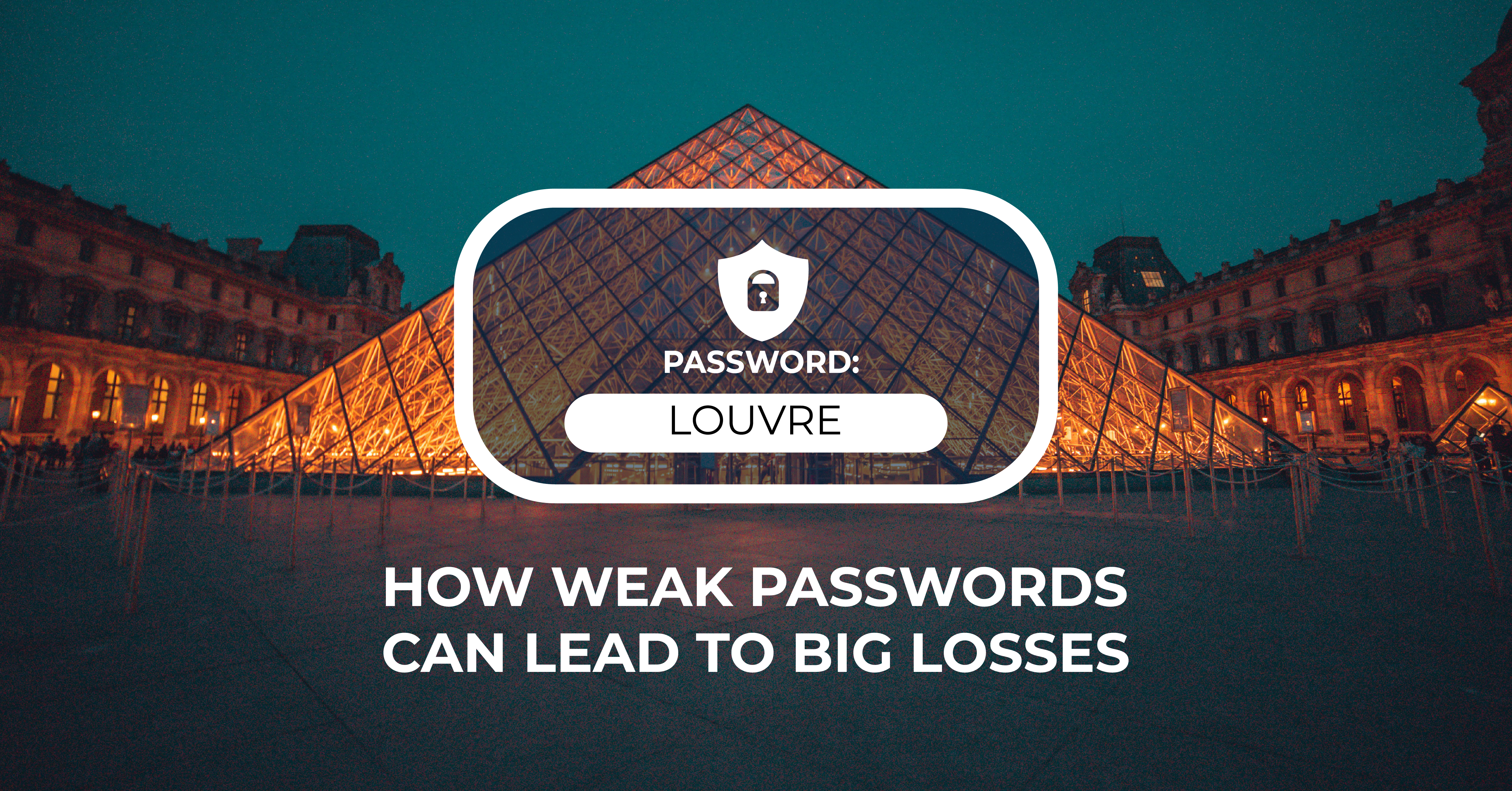11 min read
Best IT Strategies for Law Firms Going Into 2026
Why should a law firm invest in a strong modern IT strategy? Today’s legal teams depend on secure, reliable technology to protect sensitive...

Organizations of all sizes handle enormous volumes of data. Data is one of the most valuable assets of any organization.Unfortunately, it’s also a top target for cybercriminals, who exploit vulnerabilities to gain unauthorized access, steal information, or disrupt operations. This data is not just critical for daily operations but also a key business asset. To counter these risks, businesses need a structured way to protect their data. That structure is known as a data security policy.
A data security policy is more than just a set of written rules; it’s the blueprint for how an organization safeguards information across its infrastructure and network. It defines how the data is classified, who can access it, how it should be stored and transmitted, and what to do when problems are identified. By establishing this foundation, organizations can ensure their data remains confidential, accurate, and available in the face of growing cyber threats.
Businesses sometimes underestimate the importance of developing a data security policy that fits their needs, assuming antivirus tools or firewalls are enough. Unfortunately, technical defenses only go so far without structure and accountability. A well-defined policy aligns employees, leadership, and IT teams on shared responsibilities, ensuring consistency and integrity across the organization.
(1) “Nearly half (49%) of IT executives said their top security priority is the protection of sensitive data." - CSO Online
Best Practices:
A comprehensive policy should be both practical and enforceable. While the framework of policies for each organization may vary based on their scale, industry, and infrastructure, most policies include the following components:
By addressing both technical and non-technical risks, a data security policy sets the standard for consistent, organization-wide protection.
Every data security policy should include layers of protection across three key areas:
Best Practices:

The best data security policies are not just long and archaic documents; they are actionable and understood by everyone in the organization. To achieve this, leadership must set the tone, IT must operationalize the controls, and employees must be trained to follow them.
Practical steps to ensure effectiveness:
Regulatory compliance is one of the strongest drivers for developing a data security policy. Whether your business must adhere to HIPAA for patient data, PCI-DSS for payment information, or CMMC for federal contracts, a well-crafted policy demonstrates due diligence and minimizes liability.
Best Practices:
By combining risk assessments, clear roles, access controls, encryption, incident response, and continuous education, organizations can build a data security policy that is both practical and resilient. Businesses that succeed in protecting their data view their data security policy as a core part of business strategy, not just an IT requirement. By making it practical, enforceable, and adaptable, organizations can safeguard their most valuable asset: information.
Still not sure where to begin on your data security plan? Our Cobb Connect team can help! With our Managed IT Services, you have an entire team dedicated to protecting your business. Connect with us for a FREE cybersecurity assessment to get you started.

11 min read
Why should a law firm invest in a strong modern IT strategy? Today’s legal teams depend on secure, reliable technology to protect sensitive...

2 min read
The Louvre’s password became the punchline of a global story after a heist revealed major security concerns for the museum. Reports say the password...

6 min read
Organizations of all sizes handle enormous volumes of data. Data is one of the most valuable assets of any organization.Unfortunately, it’s also a...